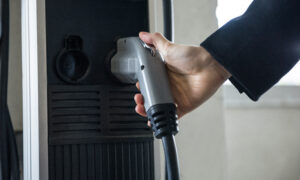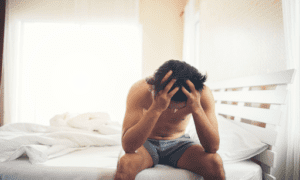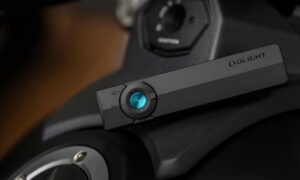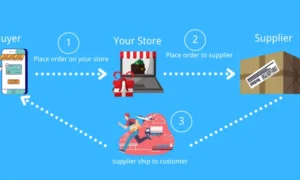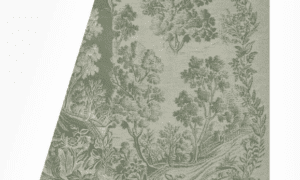Shuffleboard has been a beloved pastime for decades, offering fun and competition for players of all ages. Whether you’re setting up a shuffleboard court in your backyard, at a community center, or in a recreational facility, understanding the essentials of court construction, maintenance, and gameplay can enhance your experience.
In this guide, we’ll walk you through the different types of shuffleboard courts, the ideal materials for a smooth playing surface, and expert maintenance tips to keep your court in top shape. Plus, we’ll answer common questions to help you get started.
Ready to dive into the world of shuffleboard? Let’s get started!
Types of Shuffleboard Courts
Indoor vs. Outdoor Shuffleboard Courts
Shuffleboard can be played both indoors and outdoors, but the setup differs depending on the environment.
Indoor Shuffleboard Courts
- Typically found in game rooms, community centers, and recreational facilities.
- Requires a smooth, waxed playing surface for accurate gameplay.
- Can be permanent or portable with synthetic surfaces.
Outdoor Shuffleboard Courts
- Usually built in backyards, parks, and retirement communities.
- Made from concrete, asphalt, or synthetic material with a specialized coating.
- Weather-resistant to withstand outdoor conditions.
How to Build a Shuffleboard Court
Shuffleboard Court Dimensions and Layout
A regulation shuffleboard court is 52 feet long and 6 feet wide, with additional space for standing and gameplay. However, if space is limited, you can adjust the size for casual play.
Materials Needed for a Shuffleboard Court
To ensure a smooth and durable surface, you’ll need:
- Concrete or asphalt base (for permanent courts)
- Shuffleboard court paint or epoxy (to create a slick surface)
- Vinyl or polymer tiles (for portable or modular courts)
- Court markings (regulation triangles and scoring zones)
Step-by-Step Construction Guide
Step 1 – Prepare the Surface
- Clear and level the area where the court will be installed.
- If building on soil, ensure proper drainage to prevent water damage.
Step 2 – Install the Base
- Pour and smooth concrete for a permanent court.
- Use interlocking shuffleboard tiles for a portable option.
Step 3 – Paint and Mark the Court
- Apply shuffleboard court paint or epoxy to create a slick playing surface.
- Mark the scoring zones, central dividing line, and foul lines.
Step 4 – Final Touches
- Allow the paint or epoxy to cure properly.
- Test the court’s smoothness before starting gameplay.
Maintaining Your Shuffleboard Court
Regular Maintenance Tips
Keeping your shuffleboard court in top condition ensures a consistent playing experience.
Cleaning the Court Surface
- Sweep regularly to remove dirt and debris.
- Wash the surface with mild detergent and water monthly.
Resurfacing and Repainting
- Outdoor courts may require resurfacing every 2-3 years to maintain a smooth finish.
- Repaint scoring zones as needed to keep markings visible.
Preventing Weather Damage
- For outdoor courts, use a weather-resistant cover when not in use.
- Apply a protective sealant to concrete courts to prevent cracks.
How to Play Shuffleboard: Rules & Scoring
Basic Rules of Shuffleboard
The objective of shuffleboard is to slide your discs down the court and land them in high-scoring zones while avoiding penalties.
Equipment Needed
- Shuffleboard discs: Four red and four black (or blue and yellow).
- Shuffleboard cues: Used to push the discs.
Scoring System
- Discs landing in the 10-point triangle earn 10 points.
- Discs in the 8-point and 7-point zones score accordingly.
- Any disc landing in the penalty zone deducts 10 points.
Winning the Game
- Players take turns sliding their discs, aiming to outscore opponents.
- The first player or team to reach 75 points wins (or another pre-set score).
FAQ: Common Questions About Shuffleboard Courts
1. What is the best surface for an outdoor shuffleboard court?
Concrete with a slick shuffleboard epoxy coating is the best choice for durability and smooth play.
2. How much space do I need for a shuffleboard court?
A regulation court is 52 feet by 6 feet, but you can adjust the size for smaller spaces.
3. Can I build a shuffleboard court in my backyard?
Yes! A backyard shuffleboard court can be built with concrete, synthetic tiles, or a temporary playing surface.
4. How do I keep my shuffleboard court in good condition?
Regular cleaning, resurfacing, and covering the court during bad weather will help maintain its quality.
5. What’s the difference between deck shuffleboard and table shuffleboard?
Deck shuffleboard is played on the ground with long cues, while table shuffleboard is played on a polished wooden table using small pucks.
Conclusion: Start Playing on Your Shuffleboard Court!
Now that you know everything about shuffleboard courts, from construction to maintenance and gameplay, it’s time to get started! Whether you’re building a court from scratch or revamping an existing one, having a well-maintained playing area ensures endless fun.
Looking for high-quality shuffleboard equipment? Check out our recommended shuffleboard gear and start enjoying the game today!


